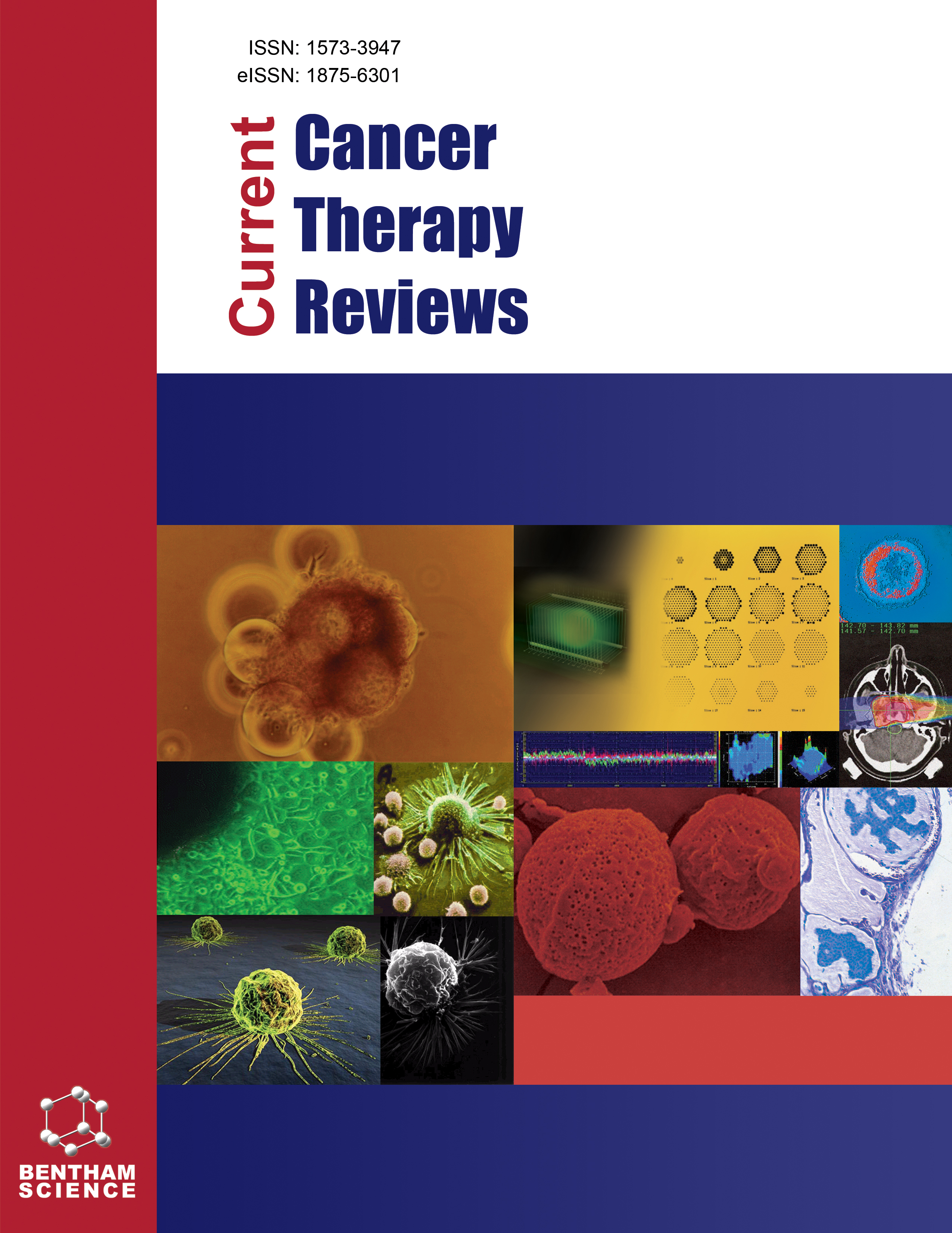
Full text loading...
We use cookies to track usage and preferences.I Understand

Lung cancer remains a leading global health crisis, with benzo[a]pyrene (B[a]P) from cigarette smoke identified as a primary carcinogen. This study investigated the microbial biotransformation of ginsenoside Rg1 into dihydroprotopanaxatriol (DHPPT) by Curvularia lunata NRRL 2178 and evaluated its protective effects against B[a]P-induced pulmonary toxicity through comprehensive biochemical and histological analyses.
DHPPT was produced via C. lunata fermentation of Rg1, isolated by n-butanol extraction and column chromatography, and characterized using FT-IR and 1H-NMR spectroscopy. Cytotoxicity was assessed against A549 cells (MTT assay). In vivo studies involved plasma lipid analysis (TC, TG, and HDL-C), lung oxidative stress markers (GSH, CAT, GPx, and MDA), inflammatory mediators, including IL-6, NF-κB, and matrix metalloproteinases (MMP-2 & MMP-12), and NADPH oxidase gene expression (NOX-2, NOX-4). Moreover, histopathology was performed using H&E staining.
DHPPT showed potent anticancer activity (IC50 = 67.66 μg/mL) with low toxicity (LD50 = 780 mg/kg). In B[a]P-exposed mice, DHPPT (39 mg/kg) significantly increased HDL-C (87.5%) and antioxidant markers (GSH 162%, CAT 74.6%, GPx 79.8%), decreased TC (28.9%), TG (26.7%), and MDA (60.5%), reduced inflammatory markers (IL-6 32.9%, NF-κB 36.0%, MMP-2 53.3%, MMP-12 40.5%), and downregulated NOX-2 (52.7%) and NOX-4 (63.5%). Histopathology revealed a preserved alveolar structure with reduced inflammation.
The therapeutic effects of DHPPT involve multiple mechanisms, such as antioxidant activity through increased GSH, CAT, and GPx levels enhanced free radical scavenging, while decreased MDA indicated reduced lipid peroxidation. Anti-inflammatory action via reduced IL-6 and NF-κB suppressed cytokine signaling pathways, while decreased MMP-2/MMP-12 limited tissue remodeling. Additionally, NOX-2/NOX-4 downregulation reduced reactive oxygen species generation. The superior efficacy of DHPPT against tamoxifen suggests its unique ability to simultaneously target oxidative stress, inflammation, and genetic pathways disrupted by B[a]P. Furthermore, the biotransformation by C. lunata enhanced bioavailability by removing glucose moieties, while preserving the active aglycone structure.
DHPPT demonstrates significant chemopreventive potential against B[a]P-induced lung damage through coordinated antioxidant, anti-inflammatory, and gene-regulatory mechanisms. These findings support further development of microbial-transformed ginsenosides as multifaceted therapeutic agents, with future studies needed to evaluate clinical applications and potential synergies with conventional treatments.

Article metrics loading...

Full text loading...
References


Data & Media loading...